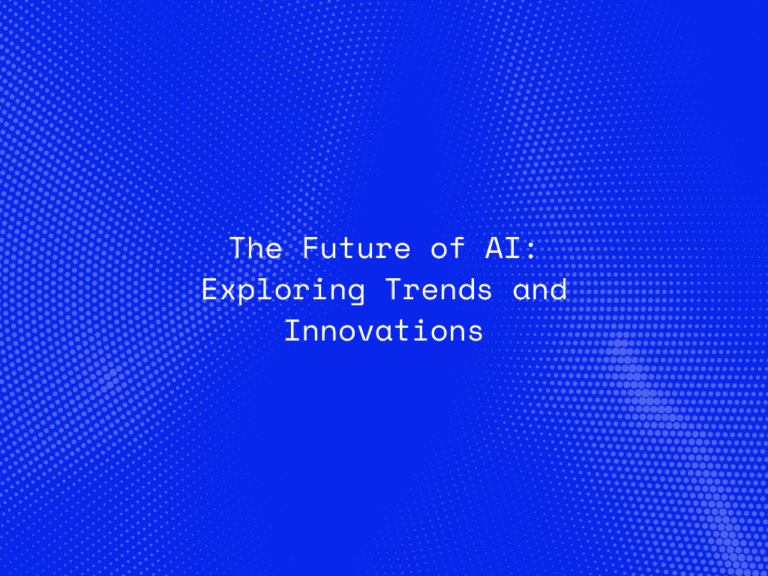As artificial intelligence (AI) systems continue to evolve, the demand for high-quality data has never been greater. However, in sectors like healthcare, finance, and law, access to large, diverse, and representative datasets is often limited by privacy concerns, data scarcity, and regulatory restrictions. This is where synthetic data, generated using Generative AI (Gen AI), is proving to be a game-changer.
Synthetic data refers to information that is artificially generated rather than collected from real-world events. With advancements in generative models like GANs (Generative Adversarial Networks), diffusion models, and transformers, AI can now create data that mimics real-world data distributions—without exposing sensitive or personal information.
In this blog, we’ll explore how Gen AI is fueling machine learning with synthetic data, the advantages it offers, real-world use cases, and why it’s quickly becoming an essential tool for privacy-preserving AI development.
What is Synthetic Data and How Does Gen AI Create It?
Synthetic data is information that is artificially generated to reflect the statistical properties of real data. Unlike anonymized or obfuscated data, synthetic data does not originate from real users or individuals, which makes it ideal for privacy-sensitive applications.
Generative AI uses deep learning models trained on real datasets to understand the underlying patterns, structures, and relationships. These models can then generate new data points—images, text, numerical values, or even entire databases—that are statistically similar to the original.
Key Generative Models Used for Synthetic Data:
-
GANs (Generative Adversarial Networks): Two neural networks compete to generate realistic data.
-
VAEs (Variational Autoencoders): Learn latent representations of data for controlled generation.
-
Diffusion Models: Gradually construct data from noise, often producing high-fidelity results.
-
LLMs (Large Language Models): Generate synthetic textual datasets for NLP tasks.
Benefits of Using Synthetic Data
1. Privacy Preservation
Synthetic data removes the risk of exposing personally identifiable information (PII), making it ideal for industries governed by regulations like GDPR, HIPAA, and CCPA.
2. Overcoming Data Scarcity
For rare events (e.g., fraud detection or disease prediction), real examples may be too few. Synthetic data can fill these gaps by generating balanced datasets.
3. Bias Mitigation
Gen AI allows developers to create more balanced and inclusive datasets, helping models learn from a wider variety of scenarios and demographics.
4. Cost and Time Efficiency
Generating synthetic datasets is often faster and more affordable than collecting, cleaning, and labeling large volumes of real-world data.
5. Safe Testing and Simulation
Synthetic data enables stress testing of algorithms under rare, extreme, or hypothetical conditions without real-world risk.
Real-World Applications of Synthetic Data
1. Healthcare and Life Sciences
Synthetic medical records can be used to train AI models for diagnostics and treatment recommendations without breaching patient confidentiality.
2. Financial Services
Banks can train fraud detection models using synthetic transaction data that mimics rare fraudulent behaviors, without violating customer privacy.
3. Autonomous Vehicles
Synthetic video data simulating traffic, pedestrians, and weather conditions allows for scalable training of self-driving algorithms.
4. Cybersecurity
Synthetic network traffic can be created to test security systems against simulated attack patterns without risking actual breaches.
5. Retail and E-commerce
Synthetic customer profiles and purchase histories can enhance recommendation systems without storing personal consumer data.
Challenges and Considerations
While synthetic data generated by Gen AI offers numerous advantages, it’s not without limitations:
-
Data Quality and Realism: Poorly trained generative models can produce unrealistic or non-representative data.
-
Overfitting to Training Data: If not handled carefully, generated data may inadvertently replicate real samples.
-
Validation Complexity: Ensuring synthetic data adequately reflects real-world patterns requires rigorous testing and evaluation.
-
Regulatory Clarity: While synthetic data often falls outside the scope of privacy laws, organizations must still use it responsibly.
The Future of Synthetic Data with Gen AI
As generative models become more sophisticated, synthetic data will play an increasingly central role in AI development. The synergy between data efficiency, model performance, and privacy protection makes synthetic data a strategic asset for enterprises and researchers alike.
Emerging trends include:
-
Synthetic data marketplaces
-
On-demand data generation APIs
-
Federated learning combined with synthetic datasets
-
Real-time synthetic data generation pipelines for continuous model training
Organizations that embrace synthetic data today are not just mitigating risk—they are accelerating innovation in a safe, ethical, and scalable way.
Conclusion
Synthetic data powered by generative AI is reshaping the AI development landscape. It enables organizations to train models effectively without compromising privacy, addresses data scarcity, and supports the development of more inclusive and robust AI systems.
As the AI industry continues to navigate complex data privacy laws and growing expectations for ethical AI, synthetic data stands out as a forward-thinking solution. When implemented correctly, it allows us to push the boundaries of what AI can achieve—without crossing ethical lines.




